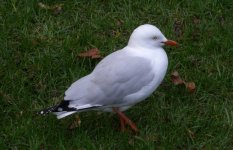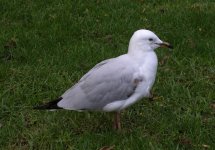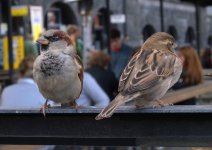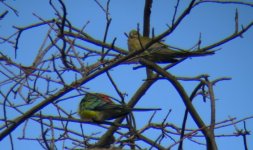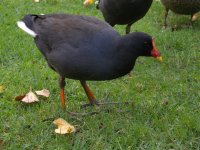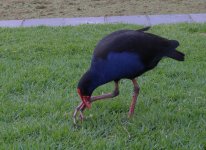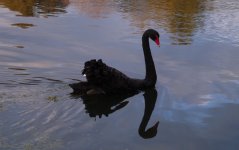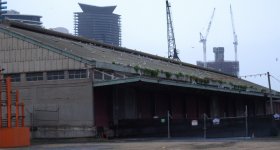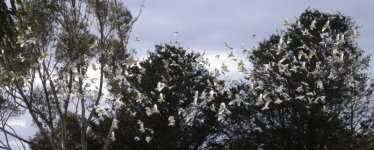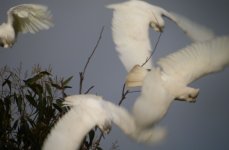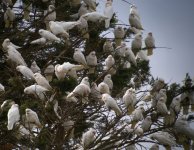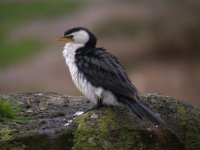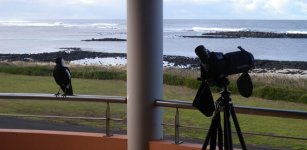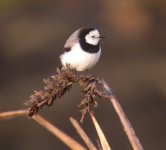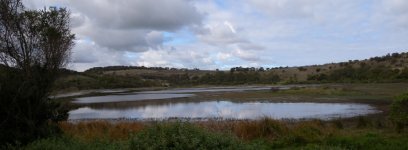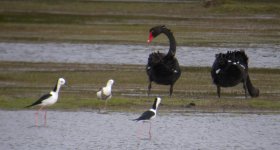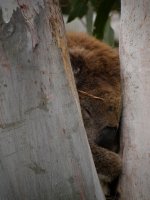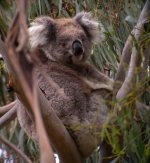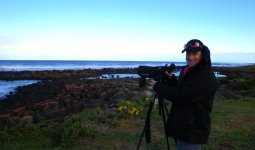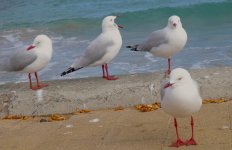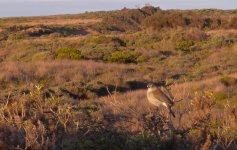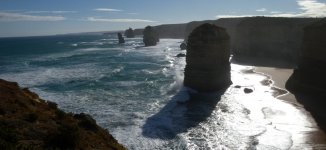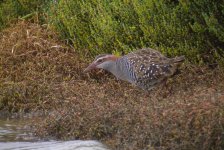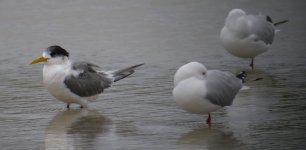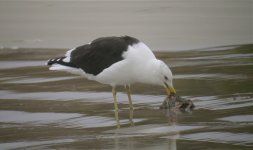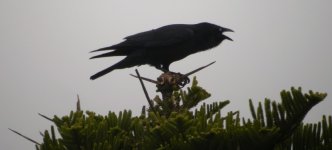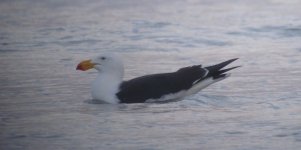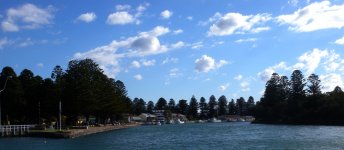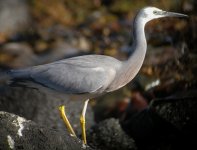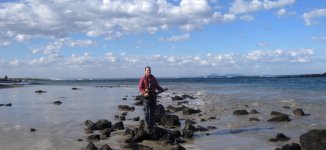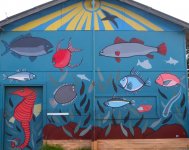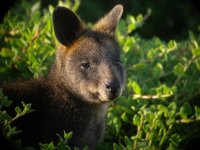MKinHK
Mike Kilburn

Day one - 16 May
My wife Carrie and I flew into Melbourne on a drizzly morning and after checking in and spending the morning sleeping off the overnight flight we headed out to explore the city. The first birds we found in the city parks were Red Wattlebirds, typically "retiring" Rainbow Lorikeets, Noisy Miners, and a couple of pairs each of dapper Magpie Larks and Australian Magpies. The Silver Gulls at a pond in from of the Melbourne Exhibition HAllconfused me because the adults looked smaller and distinctly shorter-tailed than the juveniles, but lack of viable alternatives convinced me that there was no choice.
Dusky Moorhens, Australian Wood Ducks and Pacific Black Ducks were in the ponds, and a Little Black Cormorant was on the river at dusk as a Welcome Swallow darted about overhead and a Willy Wagtail took possession of a trash can as a hunting post. Added to these were a goodly selection of foreign interlopers – Spotted Dove, European Blackbird, Javan Myna, House Sparrow, Mallard and Eurasian Starling.
Cheers
Mike
My wife Carrie and I flew into Melbourne on a drizzly morning and after checking in and spending the morning sleeping off the overnight flight we headed out to explore the city. The first birds we found in the city parks were Red Wattlebirds, typically "retiring" Rainbow Lorikeets, Noisy Miners, and a couple of pairs each of dapper Magpie Larks and Australian Magpies. The Silver Gulls at a pond in from of the Melbourne Exhibition HAllconfused me because the adults looked smaller and distinctly shorter-tailed than the juveniles, but lack of viable alternatives convinced me that there was no choice.
Dusky Moorhens, Australian Wood Ducks and Pacific Black Ducks were in the ponds, and a Little Black Cormorant was on the river at dusk as a Welcome Swallow darted about overhead and a Willy Wagtail took possession of a trash can as a hunting post. Added to these were a goodly selection of foreign interlopers – Spotted Dove, European Blackbird, Javan Myna, House Sparrow, Mallard and Eurasian Starling.
Cheers
Mike




